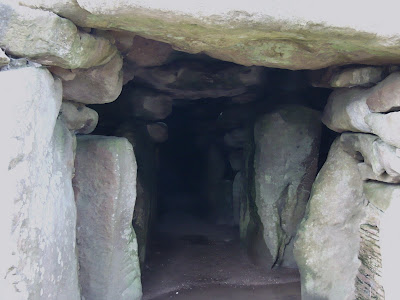 This little bird has been flitting in and out of my vision ever since I moved to the terraced street where I now live. I have never seen it in woods or parks and only ever see it running or hopping across roads or pavements near where I live (although I have seen it in other built up areas around the town). My street is home to crows and magpies - often spotted on tv aerials and chimney pots en route to other leafier places. There seems to be colony of pied wagtails along the next street which runs parallel to the route of the old canal so I imagine they are roosting in the eaves of these houses - and have done so for many generations.
This little bird has been flitting in and out of my vision ever since I moved to the terraced street where I now live. I have never seen it in woods or parks and only ever see it running or hopping across roads or pavements near where I live (although I have seen it in other built up areas around the town). My street is home to crows and magpies - often spotted on tv aerials and chimney pots en route to other leafier places. There seems to be colony of pied wagtails along the next street which runs parallel to the route of the old canal so I imagine they are roosting in the eaves of these houses - and have done so for many generations. The illustration above is a wood-carving by Agnes Miller Parker taken from The Old House at Coate by Richard Jefferies. Here is what Richard Jefferies writes about the wagtail in his autobiographical piece 'The Blue Doors':
The legs of the wagtail are so slender that they scarce seem capable of sustaining even its light weight; each appears a mere black line; the plumage is shaded with delicate precision and every tiny feather besides that side or tip that meets the eye is equally carefully marked underneath, and where it cannot be observed, so much "work" is there, so much thorough honesty in nature's art. Everything out of sight is as tenderly touched as that open to the passing view. The wagtails, like the ibis, were sacred; they were never shot or disturbed; wagtails, swallows, swifts, turtle-doves, yellow-hammers, robins, wrens, green plovers and even thrushes, if not semi-sacred were rarely fired at. (Richard Jefferies 1848-1887)
For more information on the pied wagtail go to: http://www.rspb.org.uk/wildlife/birdguide/name/p/piedwagtail/index.asp
Addendum: New Year's Eve, a hard frost over everything as I came out of the house this morning - by my gate were a pair of wagtails, pecking at the pavement. They hopped across the road and watched me from the kerb as I quietly closed the gate behind me. A drop of magic to start the day.
January 3rd: Still freezing (the coldest winter I can remember for quite some time). Some pied wagtails have moved into the eaves of the houses across the street so now I have the pleasure of looking at the rooftops and seeing them run-hop across the tiles, their long tail-feathers wagging all the while.












.jpg)



















